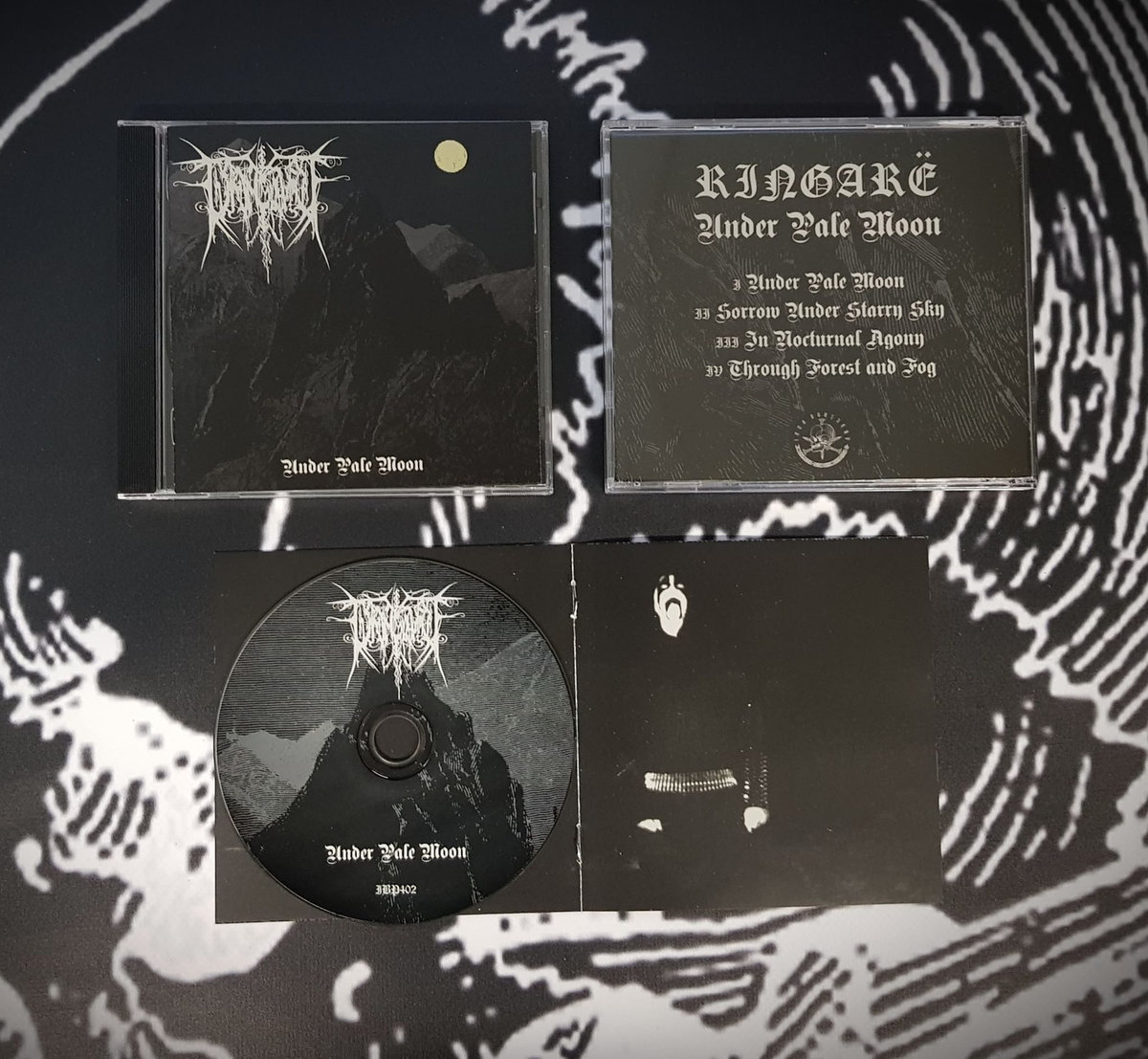

Several nights before the moon reaches its full phase, Copernicus exhibits heavily terraced edges (due to slumping), an extensive ejecta blanket outside the crater rim, a complex central peak, and both smooth and rough terrain on the crater's floor. This 800 million-year-old impact scar is visible with unaided eyes and binoculars - but telescope views will reveal many more interesting aspects of lunar geology. The nights surrounding Friday, October 7 will be particularly good for viewing the prominent crater Copernicus, which is located in eastern Oceanus Procellarum, the dark region located due south of Mare Imbrium and slightly northwest of the moon's center.

Sunday, October 2- First Quarter Moon (at 8:14 p.m. Despite swimming close to the Milky Way, Delphinus' only prominent deep-sky objects are two globular clusters designated NGC 7006 and NGC 6934, which are also numbers C42 and C47, respectively, on Sir Patrick Moore's Caldwell List. Gamma Delphinus, the star marking the dolphin's nose, is a close-together double star with one component a greenish color. Those funny appellations are actually the name of 19th-century astronomer Nicolaus Venator spelled backward. Delphinus' brightest two stars are bluish Sualocin, at the top of its head, and whitish Rotanev, at the nape of its neck. Look for its five 4th-magnitude stars shining just to the lower left (or celestial southeast) of the line connecting the bright stars Deneb and Altair.Īccording to Greek legend, Poseidon, god of the seas, was assisted in a matter of the heart by a friendly dolphin, so he rewarded it with a place of honor in the heavens. (Image credit: Starry Night Software) (opens in new tab)ĭuring the evening in early October, the small constellation of Delphinus is positioned high in the southern sky.


 0 kommentar(er)
0 kommentar(er)
